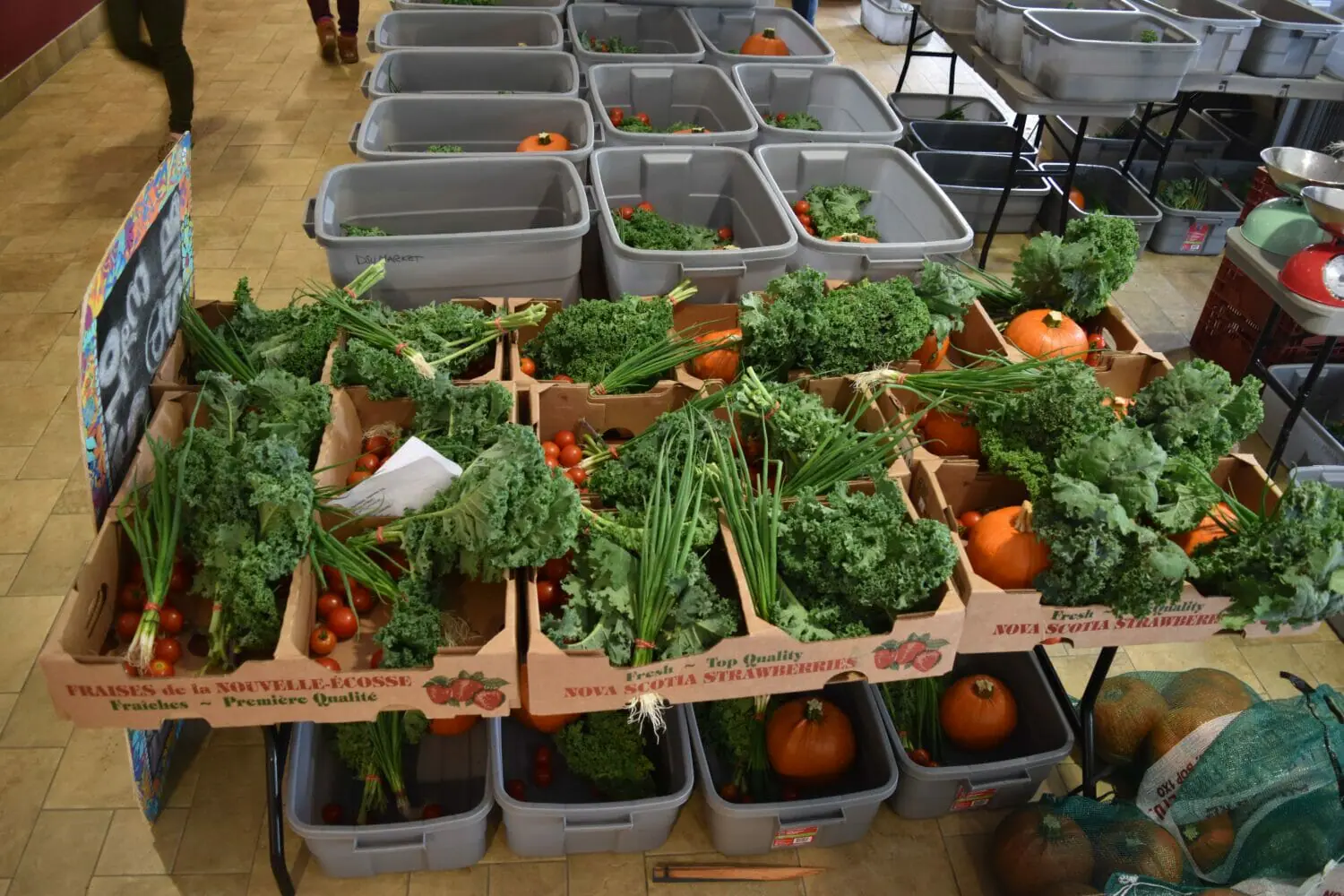“No grandpa, I can’t eat this apple! There’s a worm in it.”
“Let me tell you something. If the worm doesn’t want the apple, neither do I.”
Once upon a time, our ancestors planted seeds, tended to their gardens, and when they were hungry, they picked their own food. What is our definition of “organic”? Take two steps to the left of the conventionally grown bananas and voila, you have the corporate version of organic.
Nicole Marchand, local dietitian, explains how companies like Dole and Green Giant appeal to the masses and stamp “organic” on their fruits and vegetables.
“The term ‘organic’ isn’t as cut and dry as we believe it to be,” said Marchand. These companies have enough power, and funds, to change the definition of organic to benefit their company.
According to the U.S Department of Agriculture (USDA), “[organic] products cannot exceed a total of 5 percent of allowed non-organic content (excluding salt and water).” However, if an organic ingredient isn’t commercially available, there is a list of non-organic approved substitutions. Paprika colour (dried, and oil extracted), Tragacanth gum, and whey protein concentrate are all on this approved list of substitutions. Are these the organic foods that we signed up for?
The USDA claims they ban the use of genetically modified organisms (GMOs) in their organic products. Let’s scroll down to the fine print. “Some markets have established tolerance levels or thresholds for the presence of a bioengineered substance in food.” It is then up to the Agricultural Marketing Service (AMS) to decide the amounts that may be present and if it requires disclosure as a bioengineered food. In other words, if a product meets a certain percentage, marketing is not obligated to tell you if it is GMO’d or not.
Now you’re probably reading this and thinking, “I thought I was being so environmentally conscious and healthy by buying organic, what do I do?”
Let’s talk about local farming.
“We should all know our farmers,” said Marchand.
This Saturday, I headed on down to Halifax’s Seaport Market and got to know Melissa Sanford of Shubie River Vineyards.
Sanford said that her version of organic is about the Earth. She and her husband have combined academic backgrounds in environmental planning and agriculture.
“We realize that we’re competing with Sobeys” said Sanford.
Sanford compares her prices and shows that her locally grown herbs are only $2.50 a bag, all while using her own soil mix and zero sprays. Rather than use fertilizers, Sanford said her plants are good because she uses a mix of two parts black earth, one part compost, and peat moss. What does she do when the plants are looking limp? She repots them with fresh soil.
This process is by no means easy. The labour that goes into ethically grown foods is one factor, and the paperwork is a whole other ordeal. Sanford said that other local farmers couldn’t keep up with the costs and paperwork to be labeled “organic”.
Local farming doesn’t have to be expensive. I’m not saying that it can’t be when it’s out of season, but summer provides strawberries and bell peppers, and fall welcomes apple picking for a reason. We are surrounded by nutrient-dense food and it is just up to us to find it and invest in our health and our future.
Next time you’re about to cough up the cash for “organic” food, take a moment. Step back. Think about where it came from. Step out of the sliding door and find your local market.


Recent Comments